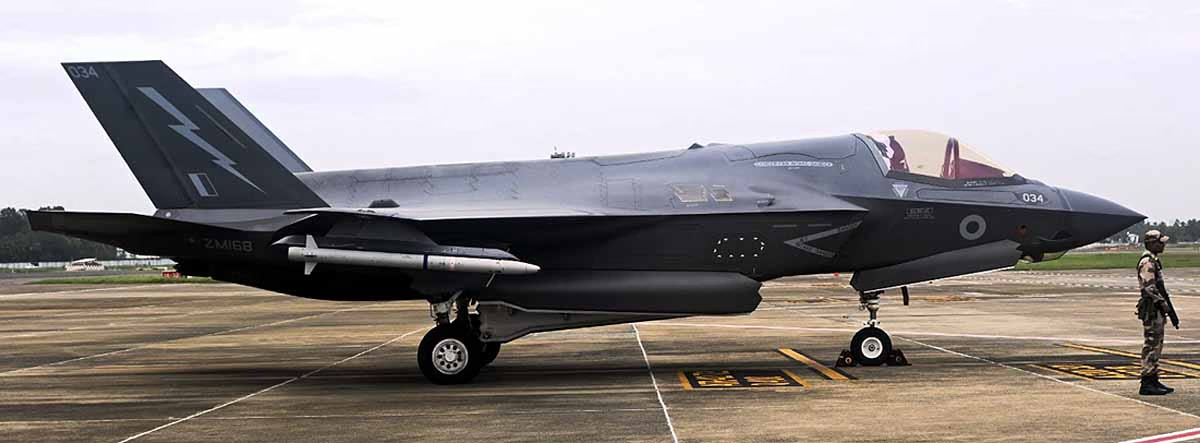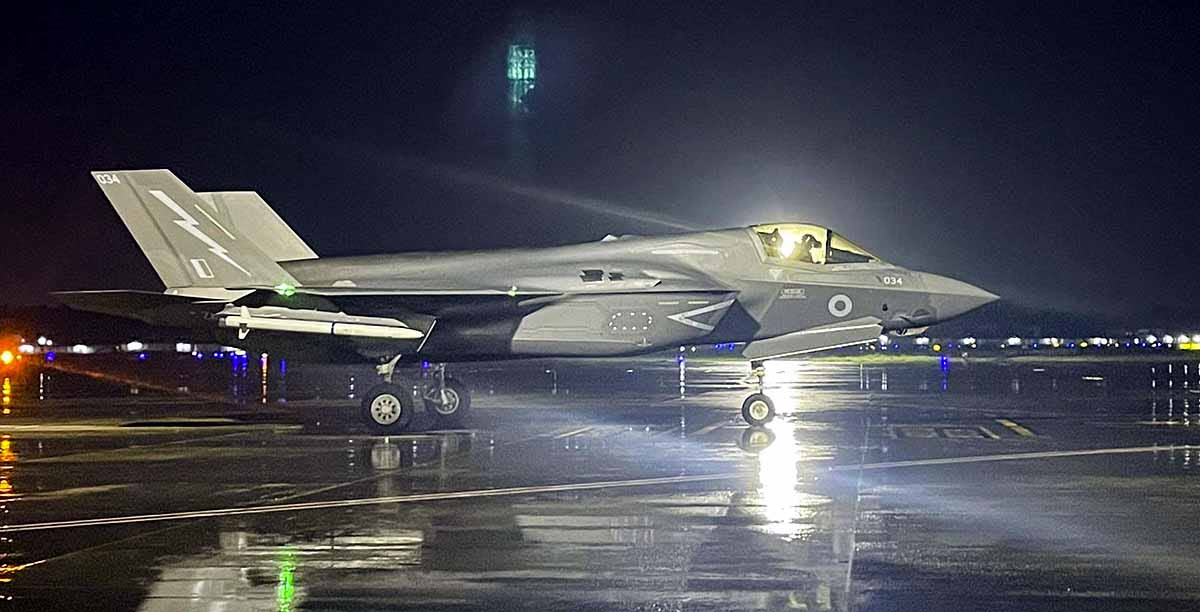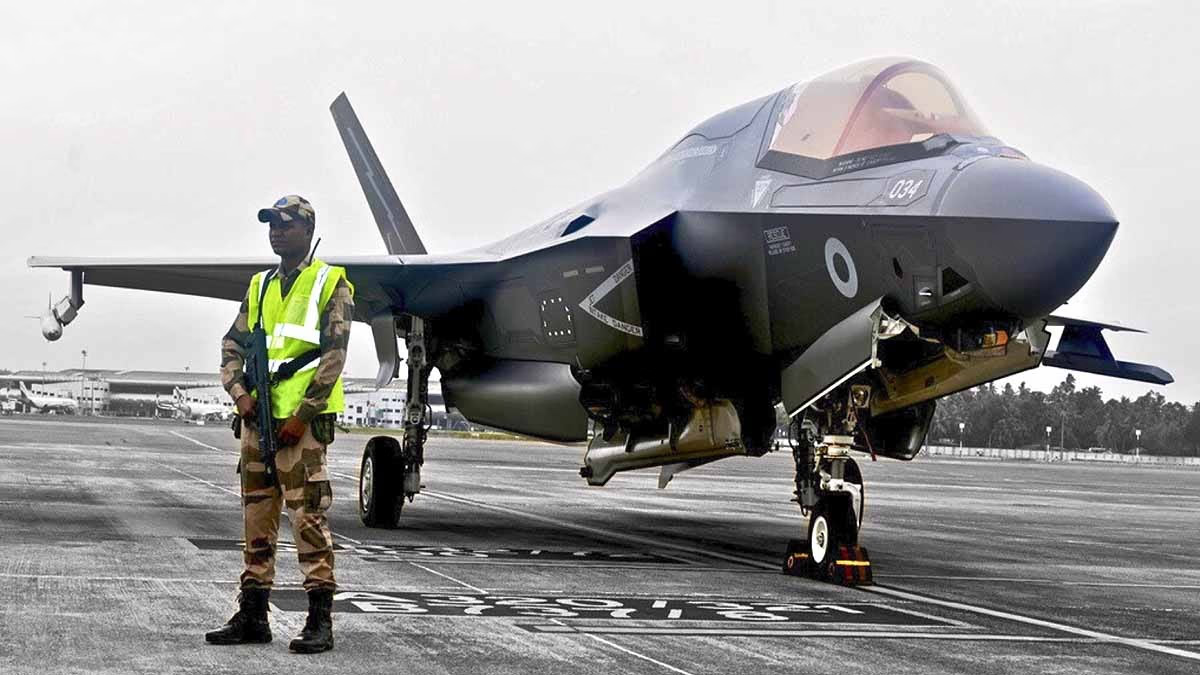Following an emergency landing at Thiruvananthapuram International Airport on June 14, 2025, the British Royal Navy's F-35B stealth fighter jet has now been in India for over a month. A team of British technicians has been in the country since July 6 to address the repairs of this advanced fighter jet.
The repairs are underway under tight security in a private hangar after it was shifted there from Bay Number 4, where it stood for three weeks. Accompanied by British military personnel, the technicians are maintaining a strong security presence around the hangar where the F-35 is being repaired.
Also Read:
Repair Process and Security Measures
Once the process to move the F-35 to the MRO (Maintenance, Repair, and Overhaul) facility was completed, the British team took full charge of the repairs. Indian security forces remain stationed at a distance outside the hangar, which has been sealed off to ensure the confidentiality of the repair work. The aircraft suffered technical issues with its hydraulic system and auxiliary power unit (APU). British engineers are still investigating the precise cause of the malfunction.
Initially, there was speculation that if the repair was not feasible at India's MRO facility, the aircraft might be transported back on a British plane. However, it remains unclear how long it will take to get the F-35 back in flying condition.

Source: aajtak
British High Commission's Response
The British High Commission previously confirmed that a UK engineering team was deployed at Thiruvananthapuram International Airport to inspect and repair the UK's F-35B aircraft, which had landed following an emergency diversion. The UK accepted an offer for a spot at the MRO facility, with discussions ongoing to finalize arrangements with relevant authorities. Following standard procedure, the aircraft will be relocated after UK engineers arrive with specialized equipment required for the repair and transfer.
Another statement by the High Commission's spokesperson mentioned that the aircraft would not return to active service until all repairs and safety inspections are complete. The ground team is collaborating with Indian officials to ensure that safety and precautionary measures are upheld. Appreciation for continued support from the Indian authorities and Thiruvananthapuram Airport was expressed.
Also Read:
Extended Stay of F-35 in India
The extended presence of the F-35 in India has captured national attention. Social media is abuzz with memes humorously suggesting the plane is enchanted by Kerala's beauty and is reluctant to depart. Some see this as an embarrassment for the British Navy, while others perceive it as an exemplary case of India-UK cooperation.

Source: aajtak
Technical Malfunction and Challenges
The F-35 is a cutting-edge stealth fighter, heavily reliant on its advanced technology and hydraulic system. A hydraulic malfunction can impact the aircraft's flying and landing capabilities, while APU issues can affect power supply.
The British team is employing specialized tools to rectify this problem, but delays persist due to the complexity of the repairs. If unresolvable in India, the aircraft might be disassembled or loaded onto a large transport plane for return, a daunting operation.
Also Read:
India-UK Cooperation
This event has further cemented defense cooperation between India and the UK. The Indian Air Force (IAF) and airport management provided all possible assistance during and after the emergency landing. The British High Commission frequently expressed gratitude for India's cooperation, indicative of the military and technical ties between the two nations.
Future Prospects
It remains uncertain how long the F-35 will stay in India. If the repairs are successful, the aircraft may return to British Navy service swiftly. However, failed attempts might initiate a return process that could take several weeks. In the meantime, stringent security and confidentiality measures are maintained in the hangar to protect the aircraft's sensitive technology.




